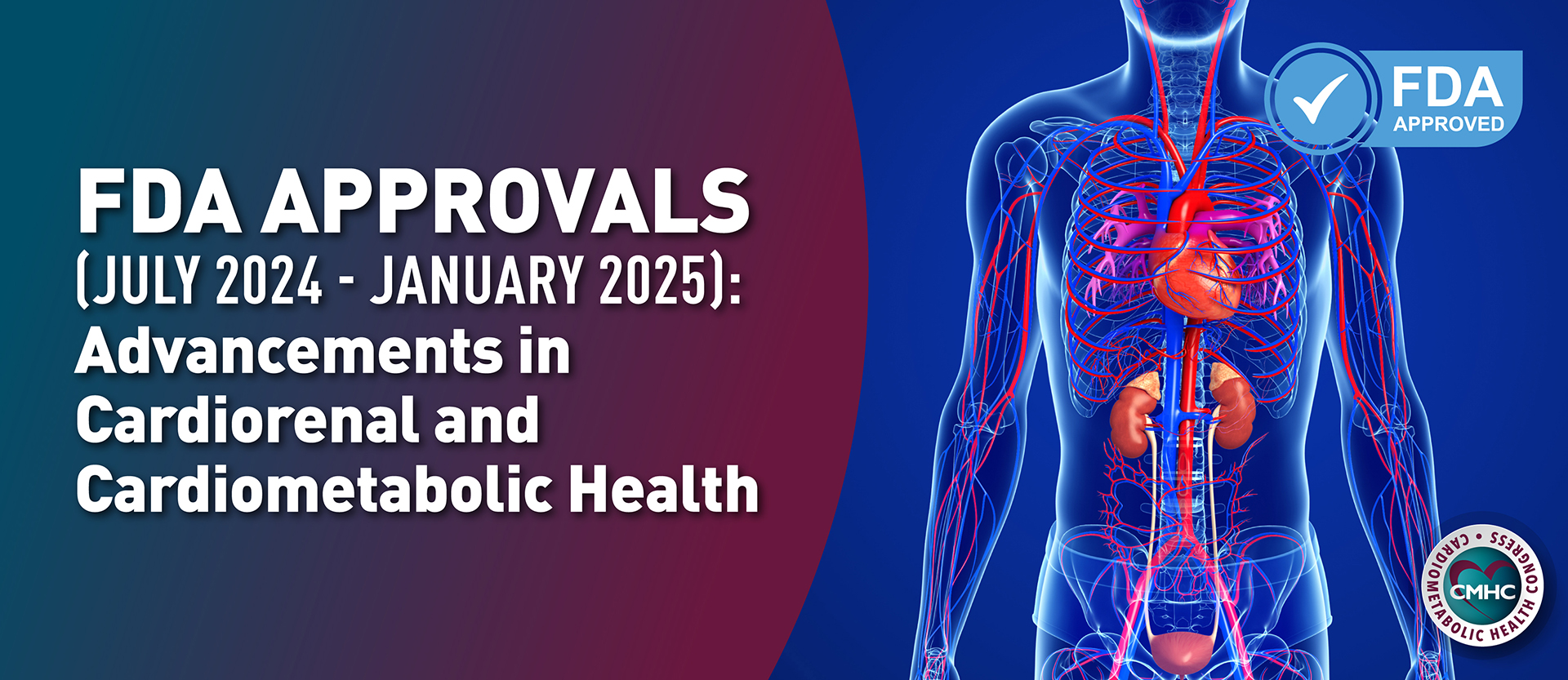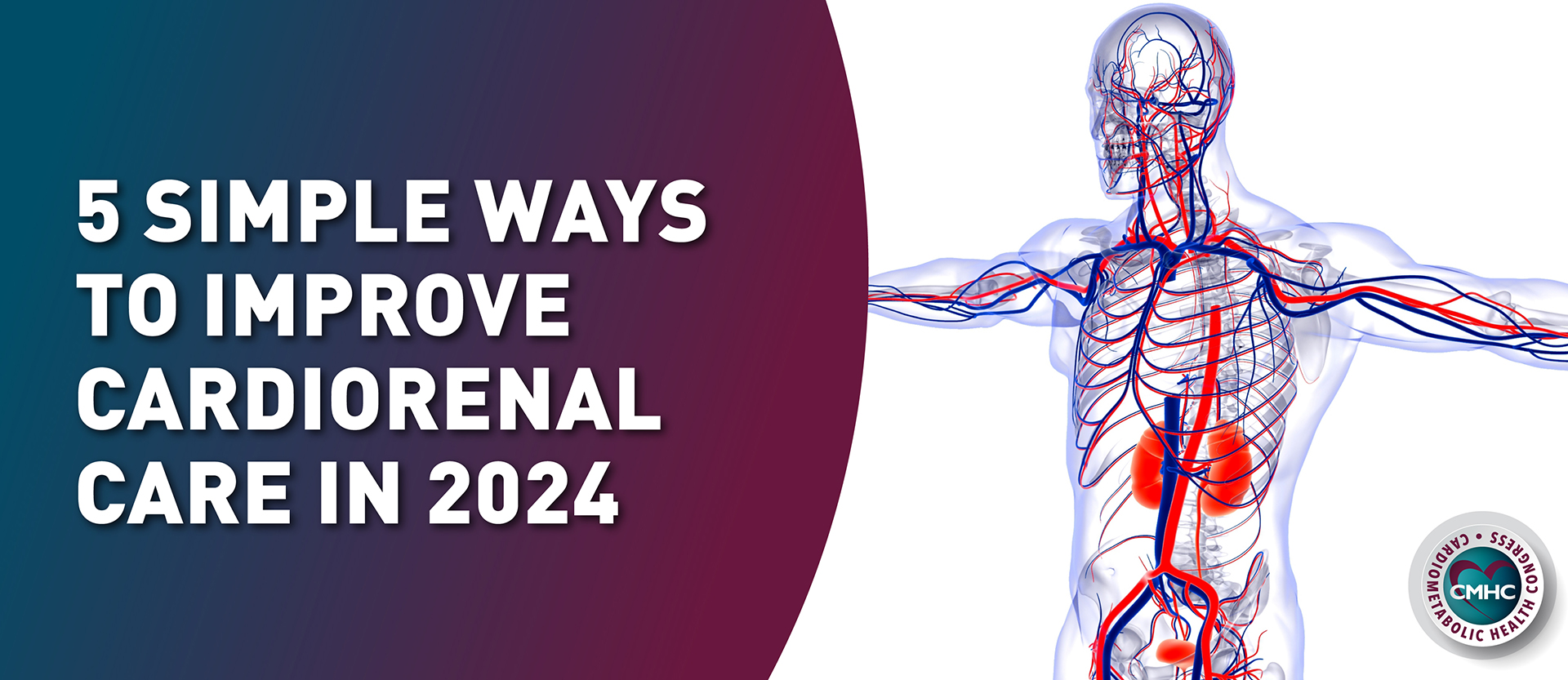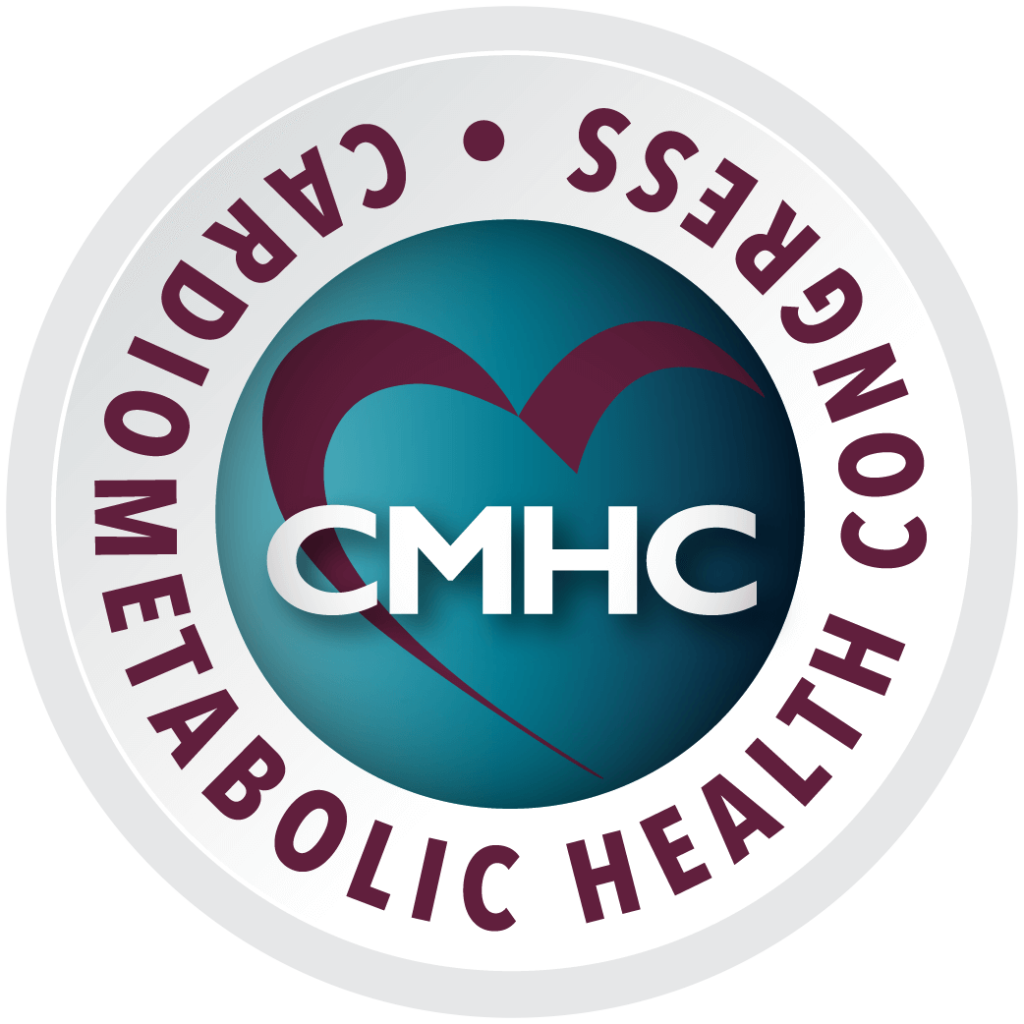Atherosclerosis—a key driver of cardiovascular disease (CVD)—continues to be a significant global health issue. While advances in treatment have reduced mortality in some regions, the atherosclerosis prevention remains challenging.
Explore the growing burden of CVD, the rise of new risk factors, and barriers to prevention:
The Rising Global Burden of Cardiovascular Disease
CVD is now the leading cause of death worldwide, with low- and middle-income countries (LMICs) experiencing the highest burden. This shift results from an epidemiologic transition: as infectious diseases decline, chronic conditions like atherosclerosis dominate. Urbanization, increased sedentary lifestyles, and unhealthy diets have fueled this trend.
The Global Burden of Disease data (2023) highlights a grim reality: while high-income countries have seen some success in managing CVD, LMICs now account for most CVD-related deaths. This imbalance is partly due to limited healthcare access, fewer preventive resources, and challenges in addressing risk factors such as obesity and diabetes. For example, the global spread of obesity, particularly among youth, has set the stage for a future pandemic of non-communicable diseases.
The Hidden Threat: SMuRFless Myocardial Infarctions
A concerning trend in CVD is the increase in myocardial infarctions (MI) among individuals without standard modifiable risk factors (SMuRFless MI). These cases are particularly challenging because traditional prevention strategies, which target known risks like high LDL cholesterol, hypertension, diabetes, and smoking, may not apply.
Studies cited in the 2024 Journal of the American College of Cardiology (JACC) show that SMuRFless MI patients have worse short-term outcomes compared to those with traditional risk factors. Mortality is higher within 30 days of the event, as demonstrated in survival analyses from the SWEDEHEART registry. This underscores the need for a broader understanding of non-traditional contributors to cardiovascular risk.
Emerging contributors include:
Clonal Hematopoiesis of Indeterminate Potential (CHIP): CHIP may play a significant role in SMuRFless cases associated with age and increased inflammation.
Environmental Exposures: Air, light, and noise pollution are being studied for their impact on cardiovascular health.
Microbiome: While research is ongoing, early evidence suggests a connection between gut health and systemic inflammation linked to atherosclerosis.
Breaking Barriers to Atherosclerosis Prevention
Despite advancements in therapy, implementing atherosclerosis prevention strategies faces several systemic barriers:
Clinical Inertia: Providers may hesitate to adopt newer, evidence-based interventions due to habit or lack of familiarity with emerging therapies.
Adherence Issues: Patients often resist taking multiple medications, a challenge exacerbated by polypharmacy in CVD management.
Disparities in Access: Many LMICs lack the infrastructure and resources to implement basic preventive measures.
Public Distrust: Misinformation and skepticism about medical interventions hinder widespread acceptance of preventive care.
What’s Next: Solutions for a Healthier Future
To overcome these challenges, we need a coordinated, multipronged approach, including:
Expanding Research: Dive deeper into SMuRFless MI and emerging risk factors.
Improving Access: Advocate for equitable healthcare resources worldwide.
Enhancing Adherence: Simplify treatment plans and build trust through patient education.
Driving Change in Clinical Practice: Support providers in adopting evidence-based interventions.
Stay tuned for our next blog, where we’ll outline actionable solutions to make prevention more effective and accessible.


















